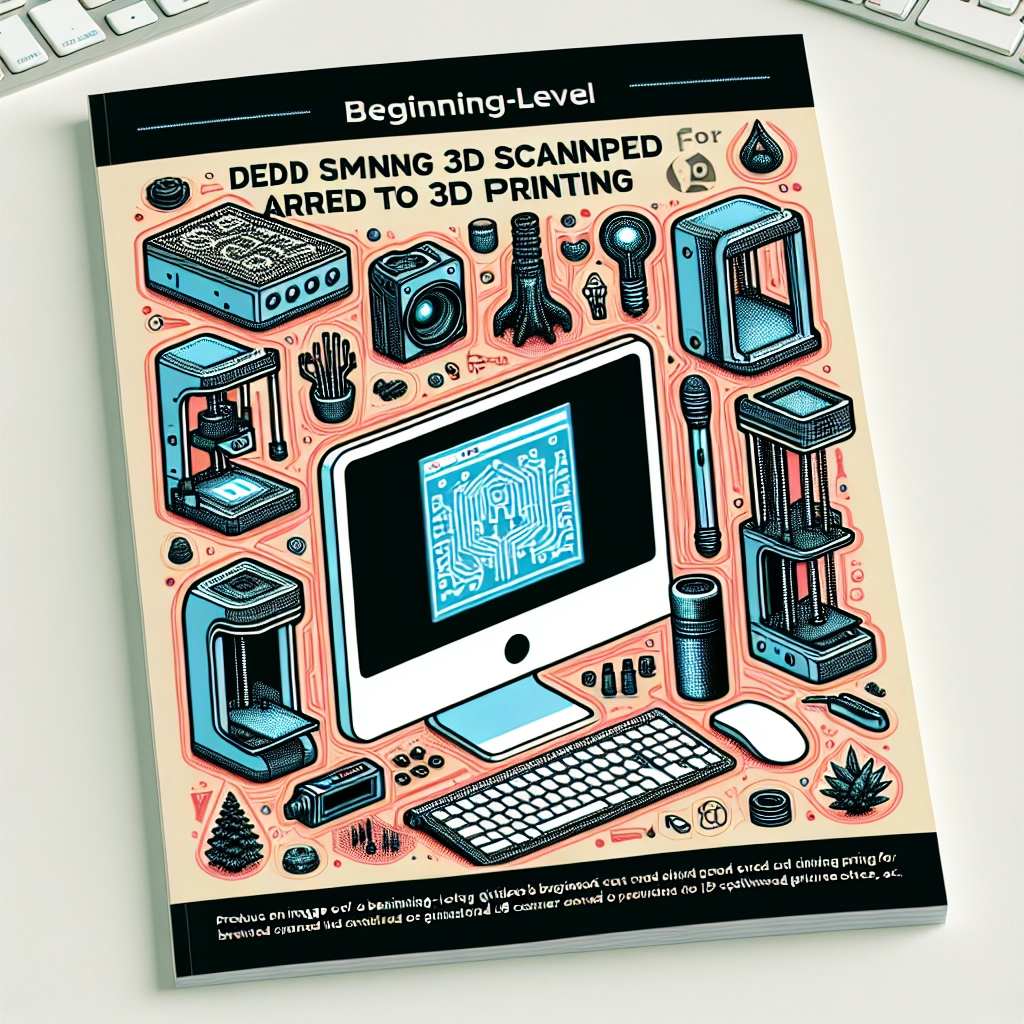A Beginner’s Guide to 3D Scanning for Printing
Hey there! If you’ve stumbled across this article, chances are you’re curious about the fascinating world of 3D scanning and printing. Whether you’re a hobbyist, an artist, or just someone with a creative spark, 3D scanning can open up incredible avenues for bringing your ideas to life. So, let’s dig into the basics and help you get started.
What is 3D Scanning?
At its core, 3D scanning is the process of capturing the shape of a physical object and converting it into a digital model. Simple enough, right? This digital model can then be modified, replicated, or sent straight to a 3D printer to create a tangible copy of the original object. It’s like taking a real-world object and giving it a digital twin!
The Tech Behind It
3D scanning can vary quite a bit depending on the technology you decide to use. Here are a few common types:
-
Laser Scanners: These devices project laser beams onto an object and measure the distance between the scanner and the object based on how long it takes for the laser to bounce back. This method is incredibly precise and works well for larger objects.
-
Structured Light Scanners: Instead of lasers, these scanners project a series of light patterns onto an object. The distortion of the pattern is used to determine the object’s dimensions. This technique is great for detail and can scan faster than laser scanners.
-
Photogrammetry: This method involves taking multiple photographs of an object from various angles and using software to stitch them together into a 3D model. It’s a widely accessible option since all you need is a decent camera and some software.
-
Handheld Scanners: Portable options that often combine laser scanning and photogrammetry principles, allowing you to capture details on the go. They’re user-friendly, perfect for beginners, and great for scanning smaller objects.
Choosing the Right Scanner
Choosing the right scanner depends on your project requirements, budget, and the types of objects you want to scan. If you’re just starting and don’t want to invest a significant amount right away, handheld scanners or even photogrammetry may be the way to go. Remember, there’s no single best option — it all depends on what you’re aiming to create.
Getting Started with 3D Scanning
Once you’ve picked your scanning method, it’s time to get started. Here’s a simple step-by-step process:
-
Prepare Your Object: Make sure the object is clean and, if necessary, tape over reflective or transparent areas to minimize artifacts in your scan. For larger items, consider their stability and position.
-
Scan Away: Follow the instructions that come with your scanner. If you’re using photogrammetry, take many overlapping photos from different angles — the more, the merrier!
-
Process Your Scan: Once you’ve captured your 3D data, it’s time to load it into your software to process it into a usable model. This may involve cleaning up the data, removing noise, and ensuring that your model is solid and printable. Software like Meshmixer or Blender can help you in this stage.
-
File Formats: Be aware of the different file formats. STL is the most common format for 3D printing, but some printers and software may require OBJ or others.
-
Print It: Upload your file to your 3D printer, tweak any settings if necessary, and hit print! It’s always exciting to see your digital model become a real object.
Tips for Successful Scanning
-
Lighting Matters: If you’re using a camera for photogrammetry, natural light is typically your best friend. Avoid harsh shadows or direct sunlight.
-
Practice Patience: 3D scanning can be a trial-and-error process. Don’t get discouraged if your first attempts don’t come out perfectly.
-
Join a Community: Online forums and local maker spaces can be a goldmine of information. Engaging with other enthusiasts can yield tips and tricks you might not find solo.
-
Keep Learning: 3D scanning technology continues to evolve. Stay updated with the latest trends and techniques to enhance your skills!
The world of 3D scanning might seem a bit daunting at first, but once you dive in, you’ll find it’s a rewarding experience full of creativity and innovation. Whether you’re creating unique prototypes, personal keepsakes, or even art, the possibilities are endless. Enjoy the journey of transforming your ideas into reality and don’t forget to have fun along the way!

